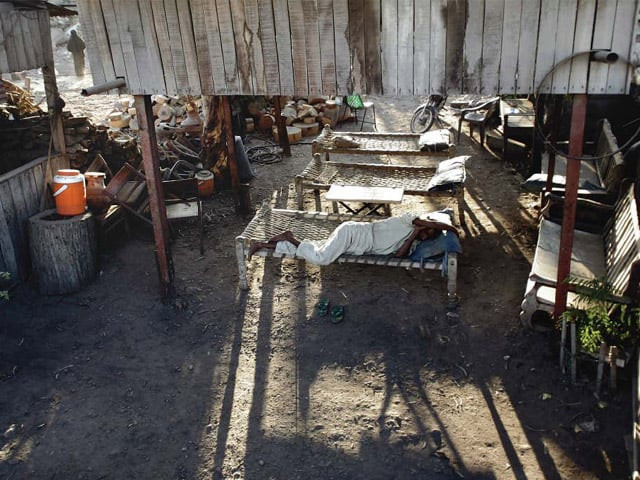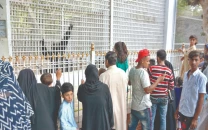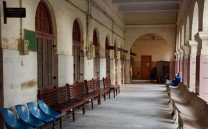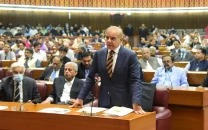Urban development report 2011: Big landlords determining urban expansion
Trends include urbanisation, migration to urban areas, rising female employment.

This and other points are part of a task force report on urban development that was discussed on Friday at a roundtable session chaired by Planning Commission Deputy Chairman Dr Nadeemul Haque at the Municipal Training and Research Institute in Clifton.
By the year 2030, it is estimated that nearly half of Pakistan’s population will be living in urban areas and about 17 cities will have a population of more than one million people.
The pattern of urbanisation across the four provinces has exhibited a large variation and Sindh tops the list. According to the 1998 census, 49 per cent of Sindh’s population was living in towns and cities followed by the Punjab (31 per cent) and Balochistan (23 per cent). While in Khyber-Pakhtunkhwa, only 17 per cent of the population was living in urban areas.
Karachi, with its population already bubbling over 19 million, is the favourite city for migrants. The report recommends focusing on this trend during land planning. Over 63.7 per cent of the migrant population was heading to the urban areas, with 13 per cent of them with just Karachi on their minds.
While urbanisation comes with its host of problems, more people to feed, shelter and employ in a limited area, rising crime and environmental issues, the task force has some good news too: the economic activity in urban areas produces 78 per cent of Pakistan’s GDP.
Other good trends include an expanding middle class comprising a youthful and skilled labour force. More women are joining the labour force and poverty has also declined in the recent decade from 22.7 per cent to 13.1 per cent, even though about 7.1 million people in cities live below the poverty line.
Meanwhile, people in Karachi have even more reason to be proud of their polluted, crime-infested hub: the national literacy rate of people between 15 and 25 years was 58 per cent in 1991. By 1998, it rose to 71.6 per cent, while in Karachi it rose even further to 73.65 per cent. Female literacy also increased from 51 per cent to 66.7 per cent, with 71 per cent for Karachi, between the inter-census years.
And while the report says that just five per cent of households have proper access to municipal garbage collection systems, Karachi is given a pat on the back for treating sewage and using it for farming.
The responsibility of urban spatial planning, under the law, with local governments (and, in larger urban areas, with city district governments) and development authorities (DAs) was also created. Urban local governments and DAs were intended to work in tandem, with local governments responsible for macro issues such as planning, governance, administration and enforcement and DAs responsible for developing urban areas in response to the needs of the urban population.
After the promulgation of the Local Government Ordinance 2001, some urban areas integrated their respective DAs with their local governments. Karachi is a good example of where the Karachi Development Authority (KDA) and Karachi Building Control Authority (KBCA) were brought into the fold of the City District Government of Karachi.
The bad news in the report included an abysmal transport system. Because there is no affordable and comfortable public transport, the number of motorcycles is steadily increasing. In Karachi, the number has doubled in the last six years. Traffic has become a major problem, not just in large cities like Karachi but in medium ones such as Sukkur.
Recommendations for urban planning:
1. Projects should not damage the ecology of the region
2. Projects should serve the interests of the majority population and should not promote dislocation and poverty
3. Projects should support and/or promote the tangible and intangible cultural heritage of the communities that live in the cities
4. Elite commercial and entertainment related activities such as malls, ciniplexes, etc. should be supported but along with them properly planned hawkers’ bazaars and economic activity for the lower income groups should be developed to create an inclusive economic, physical and social environment
Published in The Express Tribune, February 5th, 2011.



















COMMENTS
Comments are moderated and generally will be posted if they are on-topic and not abusive.
For more information, please see our Comments FAQ